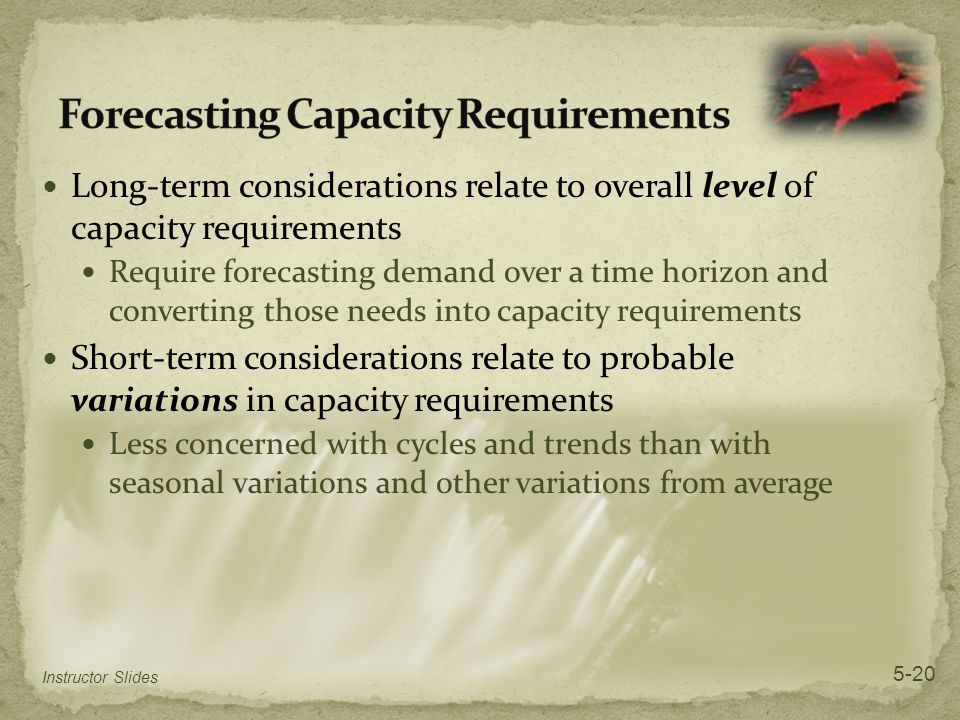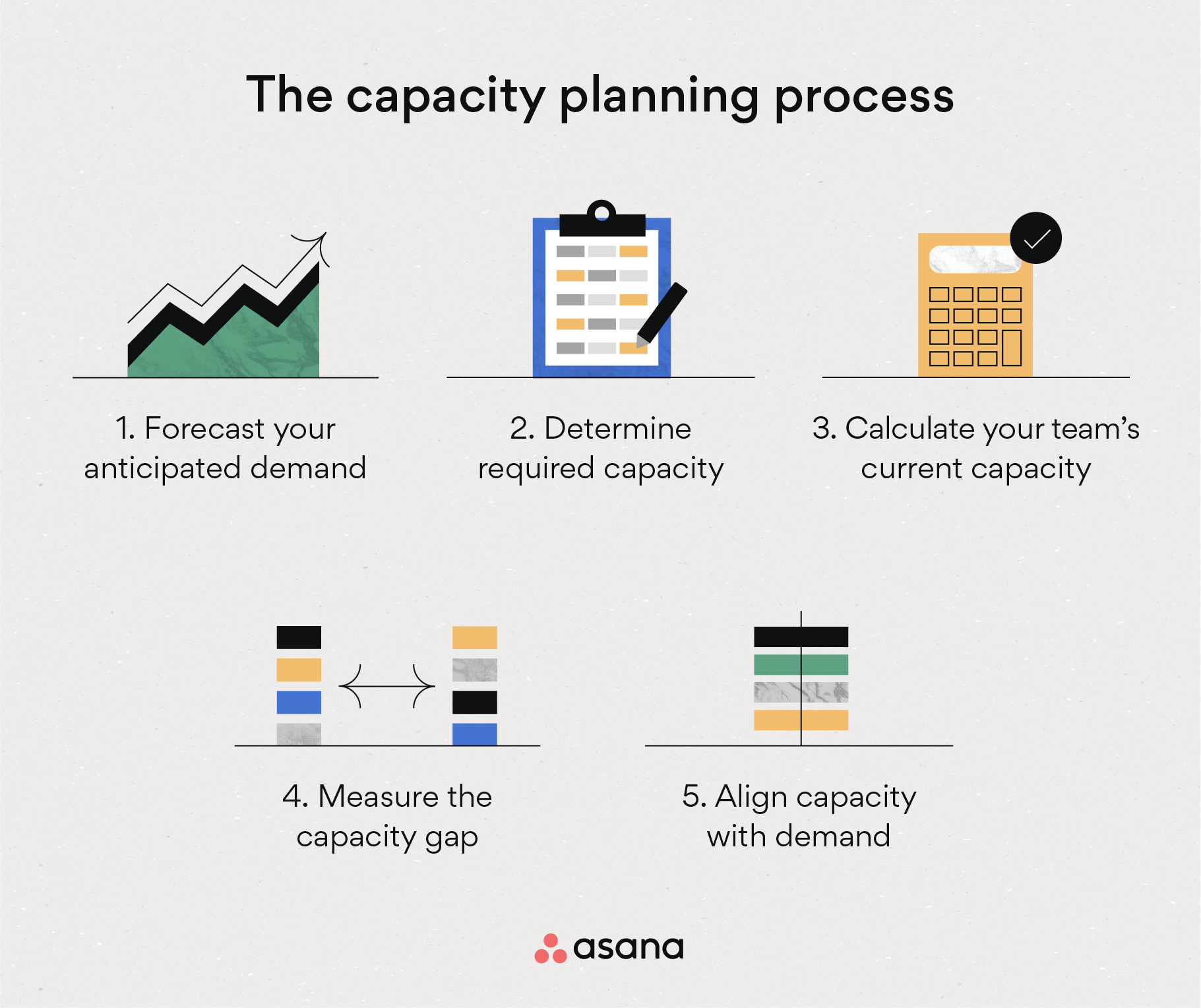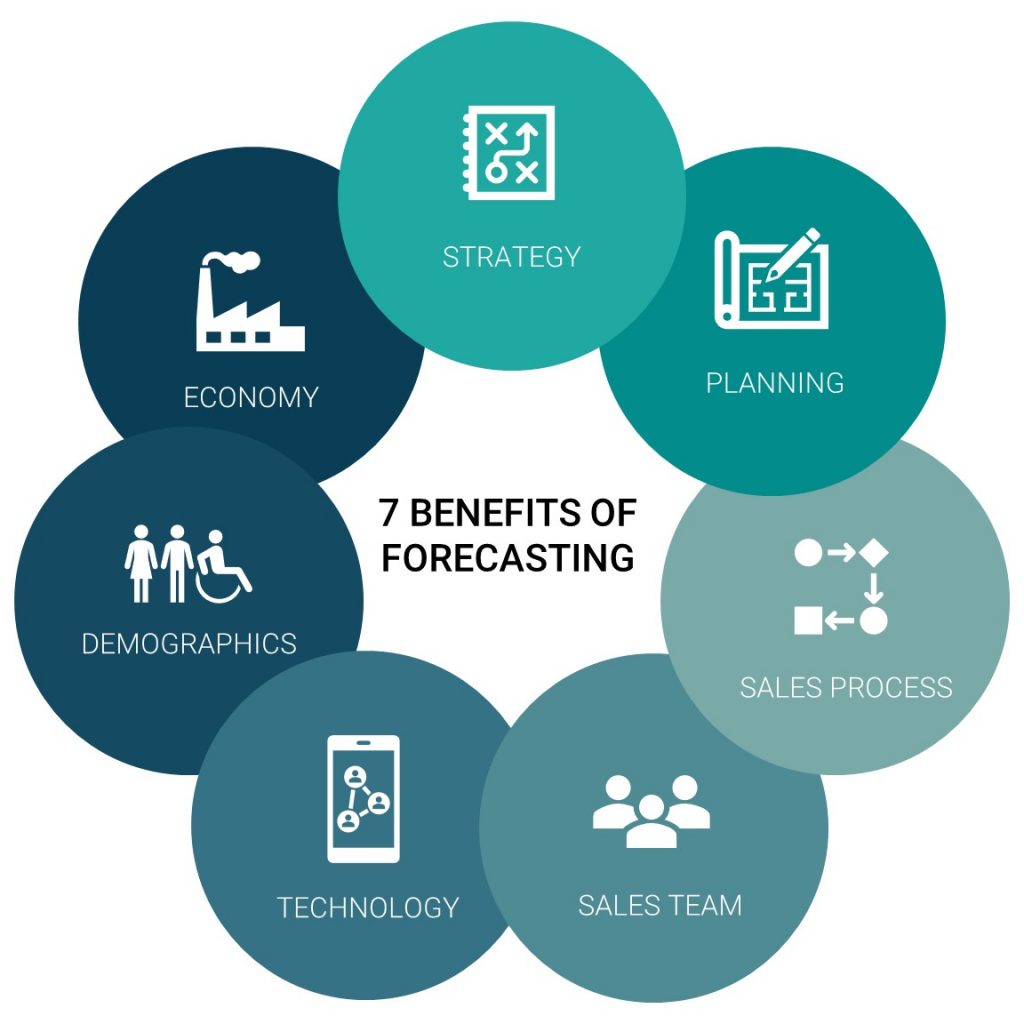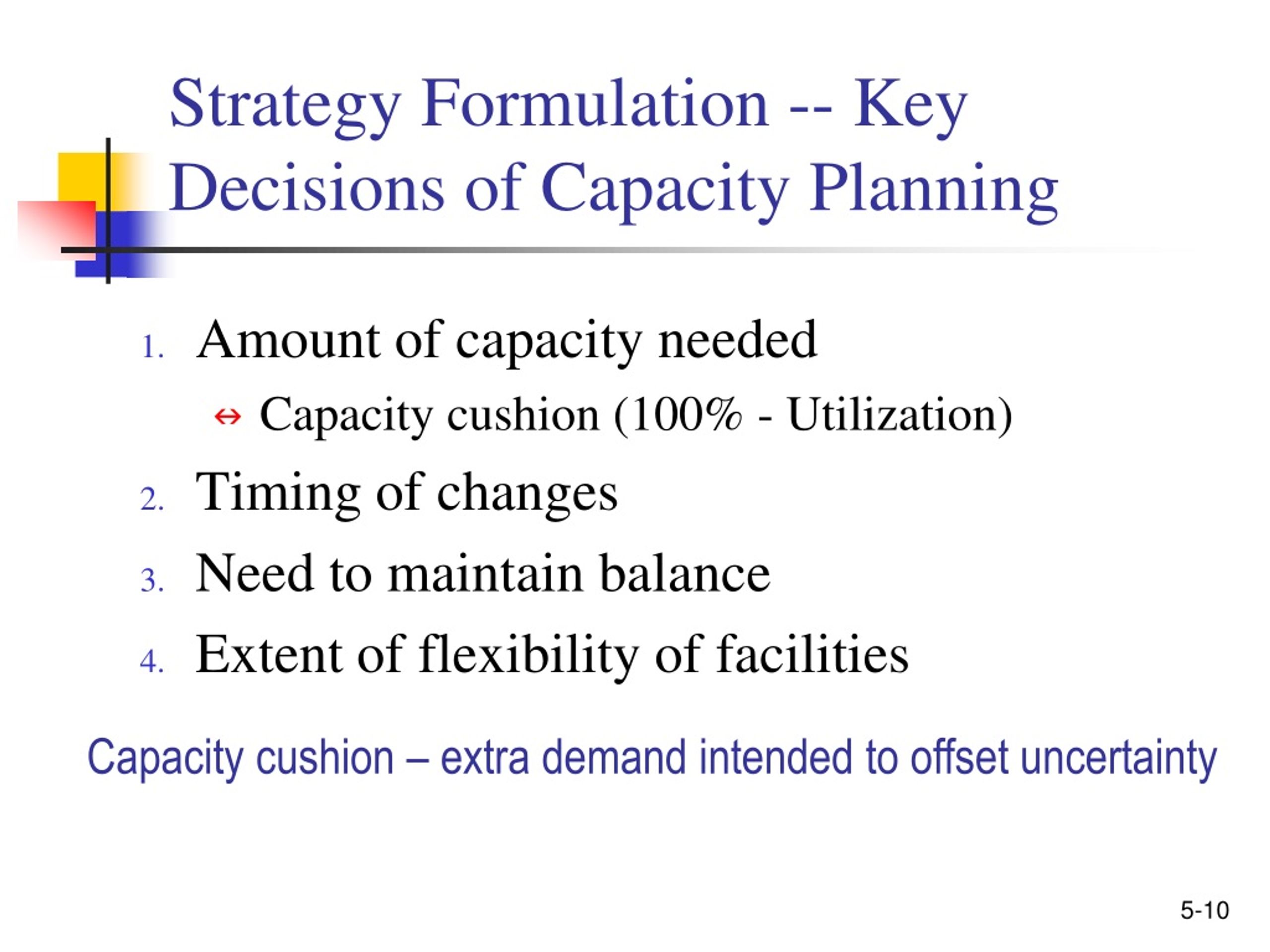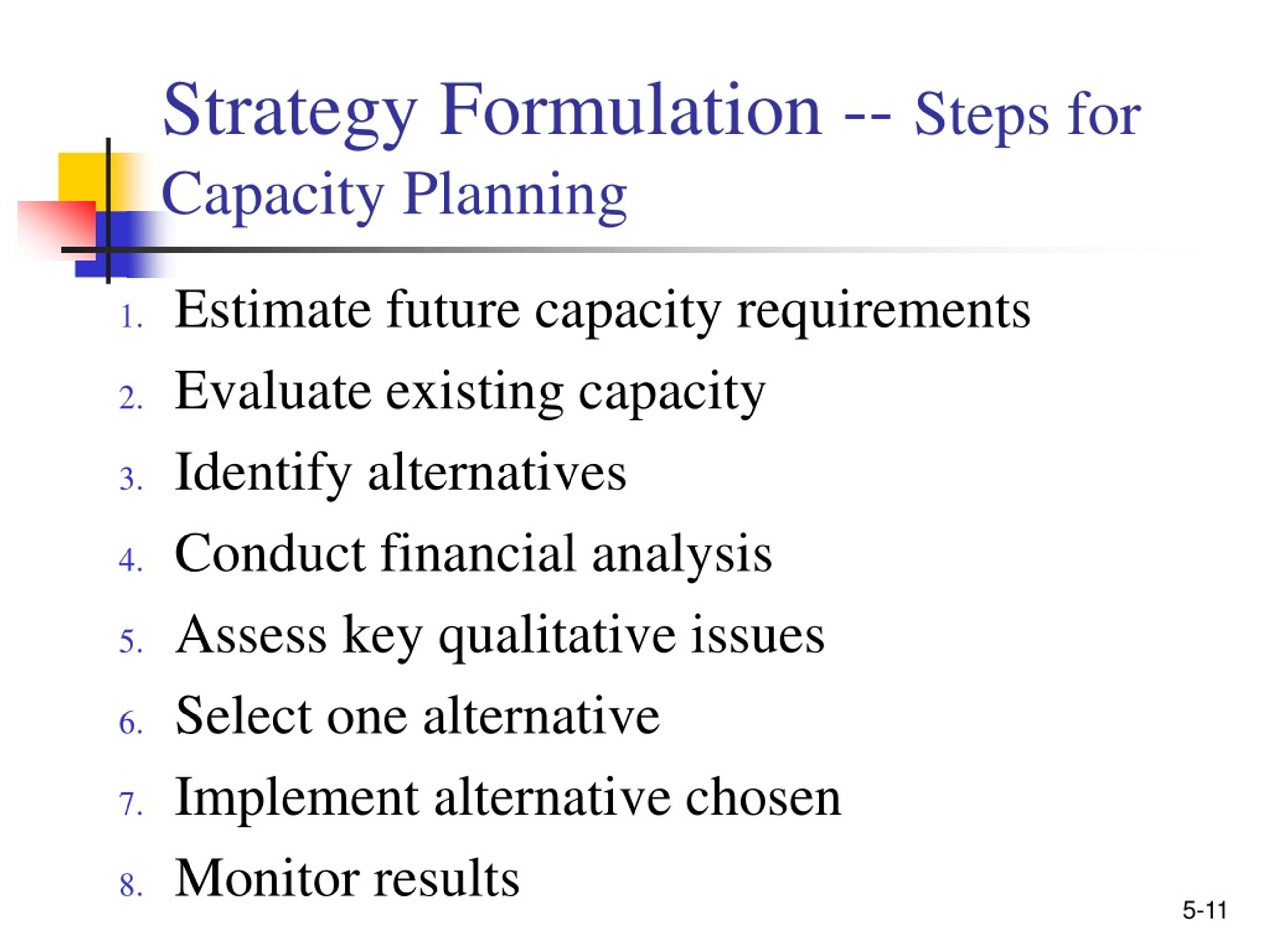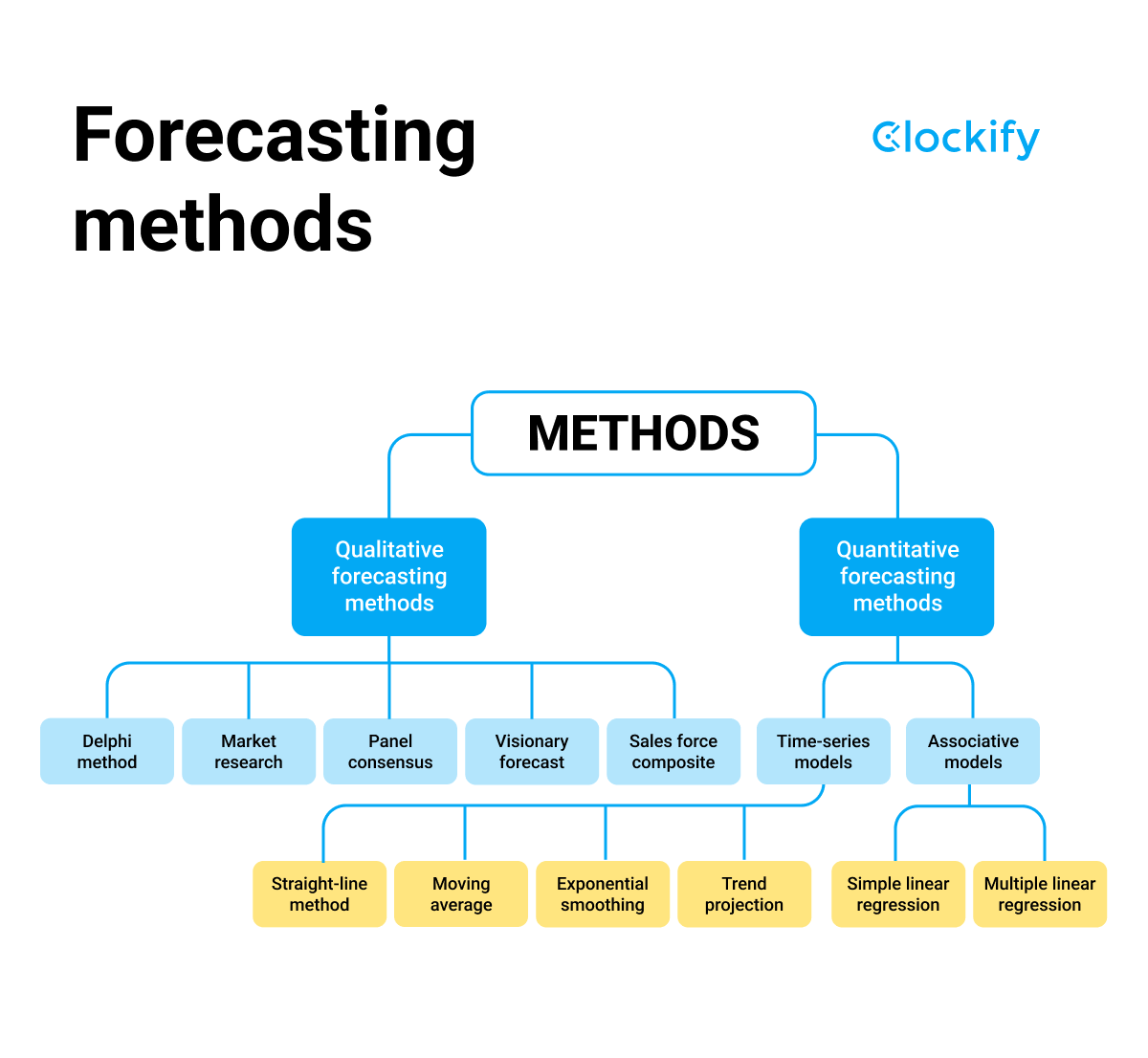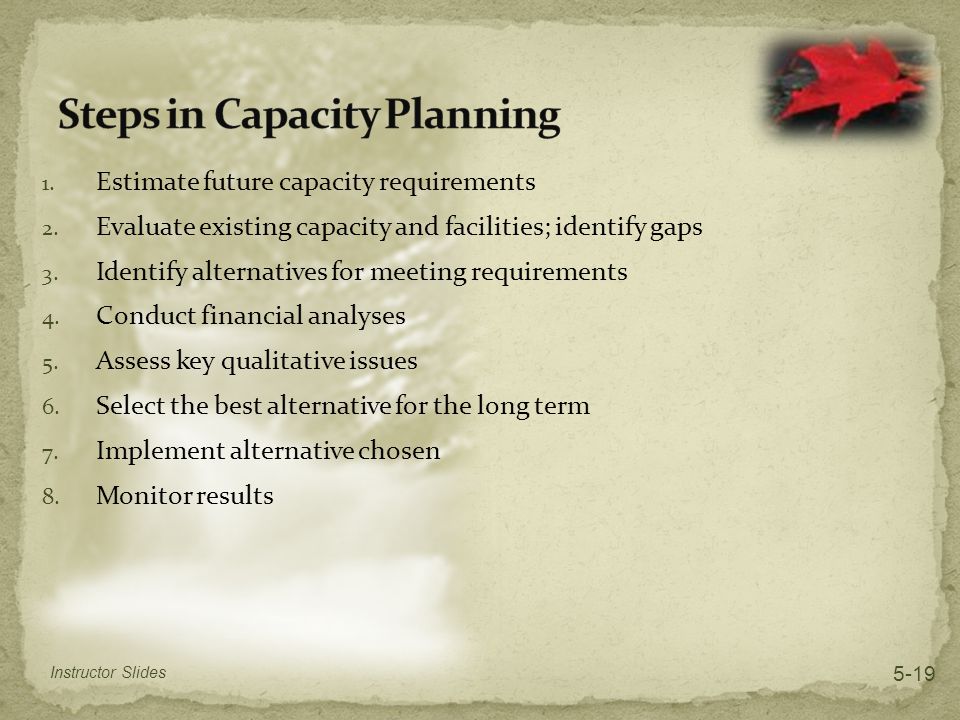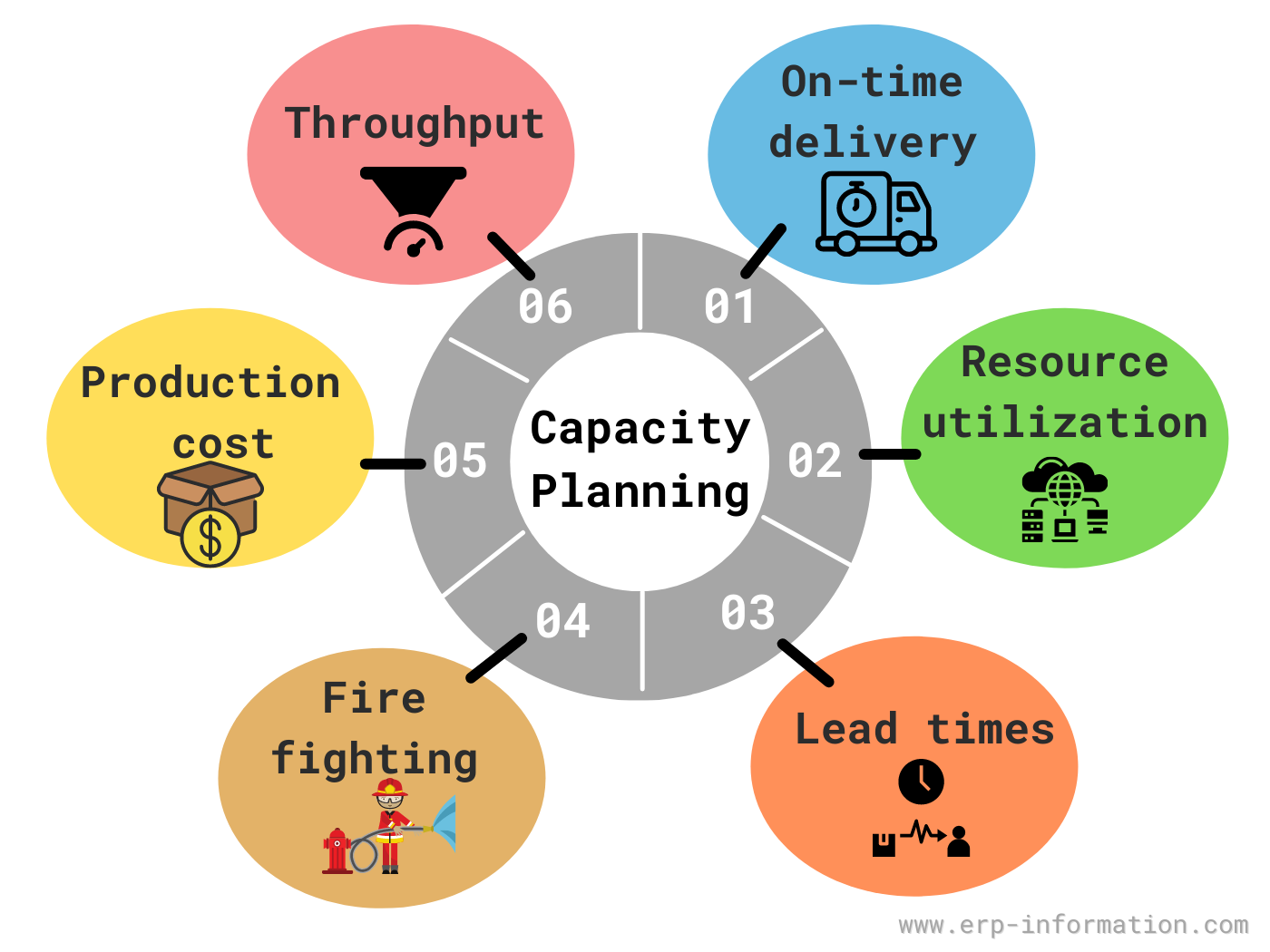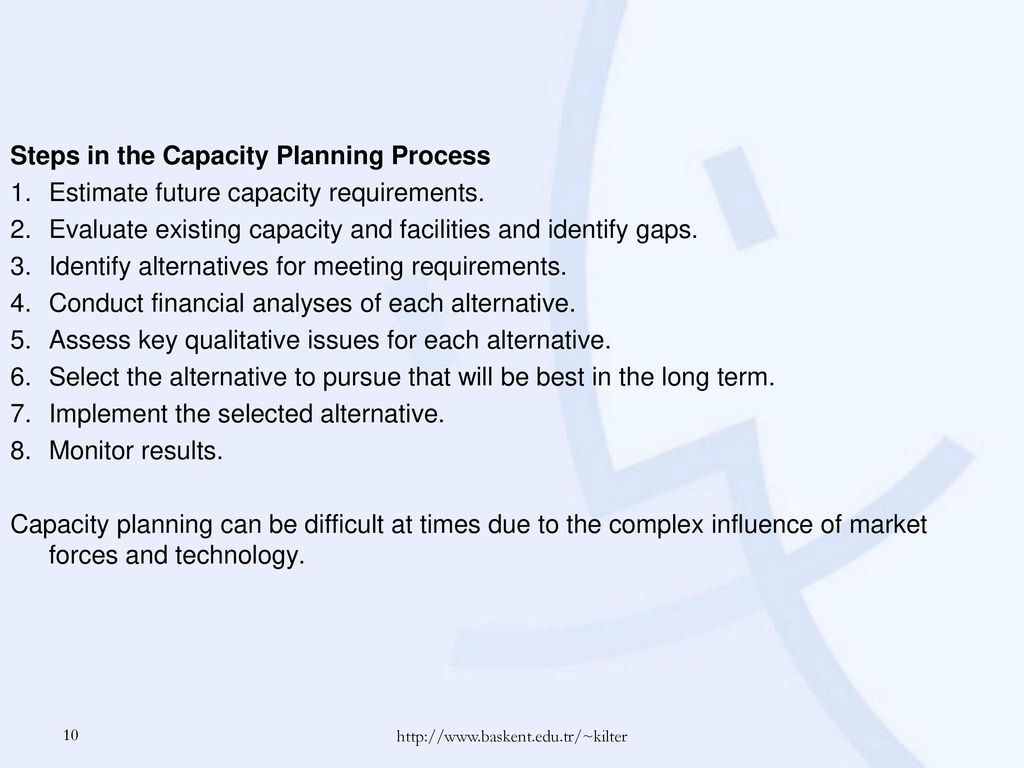When Should Product Strategy Focus On Forecasting Capacity Requirements

Businesses are facing a critical challenge: knowing when to prioritize forecasting capacity requirements in their product strategy. Misalignment can lead to wasted resources, missed market opportunities, and ultimately, revenue loss.
This article provides a streamlined guide on identifying key triggers that demand a shift towards capacity-centric product planning, enabling companies to proactively manage resources and maximize profitability.
Understanding the Core Issue
Forecasting capacity requirements in product strategy is about anticipating the resources – infrastructure, personnel, and technology – needed to deliver a product at the expected scale and quality. It's not a static exercise but a dynamic process aligned with product lifecycle and market changes.
When demand spikes unexpectedly, or supply chain disruptions emerge, understanding and acting on capacity forecasts becomes essential. Neglecting this can result in stockouts, delayed deployments, and a degraded customer experience.
Triggers for Capacity-Focused Strategy
Significant Market Growth
When your product experiences rapid adoption, forecasting becomes non-negotiable. Data from a recent report by Gartner suggests that companies that proactively scale infrastructure during periods of high growth see a 25% increase in customer satisfaction.
Ignoring this upward trend can lead to system overloads and service interruptions. Analyzing customer acquisition rate and projecting future demand are key steps.
Launch of New Features or Products
Introducing new functionalities or entirely new products instantly changes resource demands. Each addition needs meticulous capacity planning to ensure a seamless customer experience.
Consider the launch of a new streaming service; Netflix, for example, must forecast bandwidth usage and server capacity before a major release to avoid buffering issues and service downtime.
Seasonal Demand Fluctuations
Certain products and services experience predictable peaks and troughs in demand. Retailers, for instance, prepare for the holiday season months in advance, stocking up on inventory and staffing up customer service teams.
Ignoring these cycles leads to shortages or overstocking, both of which can negatively impact profitability. Detailed historical data analysis is critical.
Changes in Regulatory Compliance
New regulations can impose additional demands on capacity, particularly in heavily regulated industries like healthcare and finance. Complying with HIPAA or GDPR, for instance, often requires significant investments in data storage and security infrastructure.
Proactive forecasting in these cases prevents compliance violations and avoids costly penalties.
Expansion into New Geographic Markets
Entering new territories requires a thorough understanding of local infrastructure and consumer behavior. Capacity forecasting must consider factors like internet penetration, language support needs, and cultural nuances.
Expanding into India, for example, requires careful consideration of mobile network capabilities and regional language support. Incorrect planning will impact user experience and adoption rates.
How to Implement a Capacity-Focused Strategy
Start with data. Gather historical sales data, customer usage patterns, and market trends to build a robust forecast model.
Utilize forecasting tools and techniques. Statistical modeling, machine learning, and scenario planning can help predict future capacity needs with greater accuracy.
Implement a feedback loop. Continuously monitor actual usage against forecasted demand and adjust capacity plans as needed. A collaborative approach involving sales, marketing, and operations is essential.
The Costs of Inaction
Failing to forecast capacity requirements can have severe consequences. These include lost revenue due to stockouts or service disruptions, increased operational costs from reactive scaling, and damage to brand reputation.
According to a Forrester report, companies that experience frequent service outages lose an average of $100,000 per hour. Proactive planning is far more cost-effective than reactive firefighting.
Next Steps
Businesses need to conduct a thorough assessment of their current forecasting capabilities. They should identify areas for improvement and invest in the tools and expertise needed to develop a robust capacity-focused strategy.
Ongoing monitoring and adaptation are crucial. The business landscape is constantly evolving, and capacity plans must be flexible enough to adapt to changing conditions. This involves regular reviews of forecasts and adjustments based on real-world performance.
